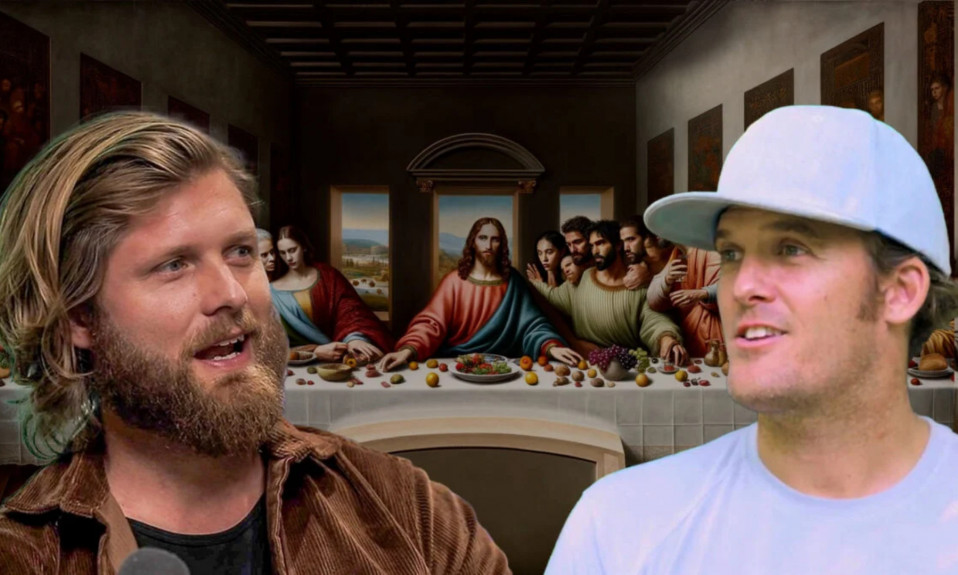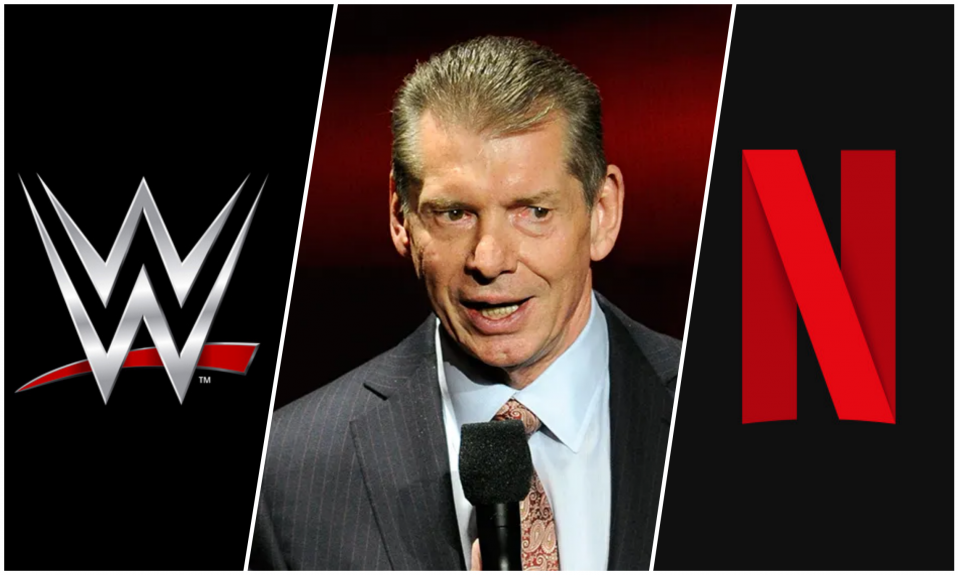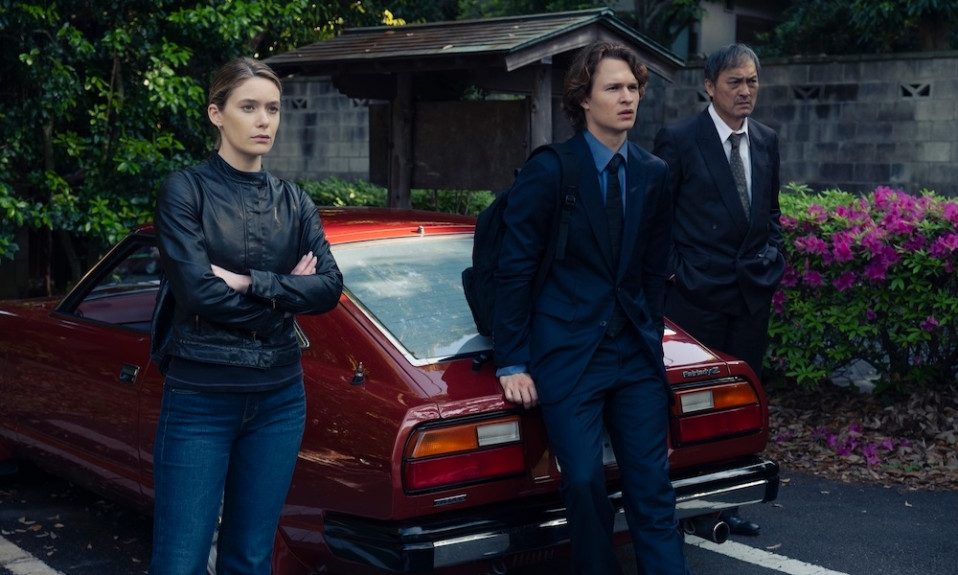The first black American model to be on the covers of Harper’s Bazaar (January 1965), in a racially ambiguous stylized art, and the British edition of Vogue (March 1966), Donyale Luna (1945 – 1979) is considered by many critics and specialists “the first Black supermodel.” Still, even professionals in the fashion industry are unaware of her respectable bodywork; this explains how necessary the HBO documentary ‘Donyale Luna: Super Model’ (2023) is.
Standing 6’2″ and with an ethereal presence, Donyale Luna could be imposing or fragile, as requested by the artistic proposal. After leaving Detroit for New York, Luna captured the attention of Andy Warhol. Later, she became a protégé of photographer Richard Avedon and a muse to painter Salvador Dalí, thus becoming a fixture in the Spaniard’s movies.
The documentary is thoughtful in approaching the character’s childhood and how her public persona was already forming during the Detroit years. Luna was born Peggy Ann Freeman in a Black Protestant family, where she had to deal with domestic violence during her childhood years. During this period we see how Luna crafted her own personality, and her surroundings and reality helped foster her creative side.
The movie, directed by Nailah Jefferson doesn’t shy away from the polemic issue that Luna wasn’t vocal during the Civil Rights movement and her struggle in accepting and owning her blackness during her start, as she would present herself as a model of mixed racial background.

What can be understood is that not everybody can speak on such complex matters as racism and segregation; they are hurtful themes, and every time one debates them, people should consider that said person is cutting even further their own traumas, I live this myself. Much like football legend Pelé, Donyale Luna fought racist ideas with her very figure, achieving high places in the fashion world, and speaking out could endanger her own position and livelihood. Thus, she would have been even more ostracized.
The fact that she became a forgotten personality is one of the tragedies of her life, alongside the racism that led to closed doors during her professional journey. Supermodels Beverly Johnson and Pat Cleveland are distressed when talking about the injustice faced by Luna. The pain can be felt in their words, even when Johnson and Cleveland can be seen among the most beautiful people to ever exist on Earth, and they not only feel for Luna but probably also have flashbacks of what they endured themselves during their legendary careers.
The documentary gains fluidity by using animated art to describe the inner thoughts and struggles of Donyale Luna, furthering the feeling of ethereality that represents her private and public personas. This adds an artistic flair to a film that isn’t afraid of experimenting with different languages and stays in tune with the subject and the times and places where she lived.
By showing her being a mother in a different country while living with her loving Italian husband, the fashion photographer Luigi Cazzaniga, in the countryside, while his family didn’t accept much of her lifestyle, the film adds a narrative that makes it stand out as it respects the complexity of family interactions avoiding painting people as “good or evil” characters. The movie also touches on Luna’s experiences with drugs, as she died at the age of 33 years old of a heroin overdose, according to official sources.
The testimonial of the daughter, Dream Cazzaniga, is also powerful. It helps us understand the intimate moments of triumph and pain, and the legacy of Donyale Luna, a character who was almost forgotten and deserves to have her story told and retold, be it in documentary or feature stories or even a biopic by a major studio.
When I think about the Donyale Luna documentary, I don’t just see an important tale for young Black girls dreaming of modelling and their relatives, but also of those who don’t fit societal standards and are difficult to read. Considering the examples of current entertainment and fashion industry icons such as actress Zendaya or singer Caroline Polachek, just like Luna, there is more to them than meets the eye. Donyale Luna was a vanguard figure that many treated with prejudice, acknowledging her life and work is a step in making right with her.
Also Read: Sofía Vergara Transforms into the Infamous Griselda Blanco in Netflix’s Latest Drama














